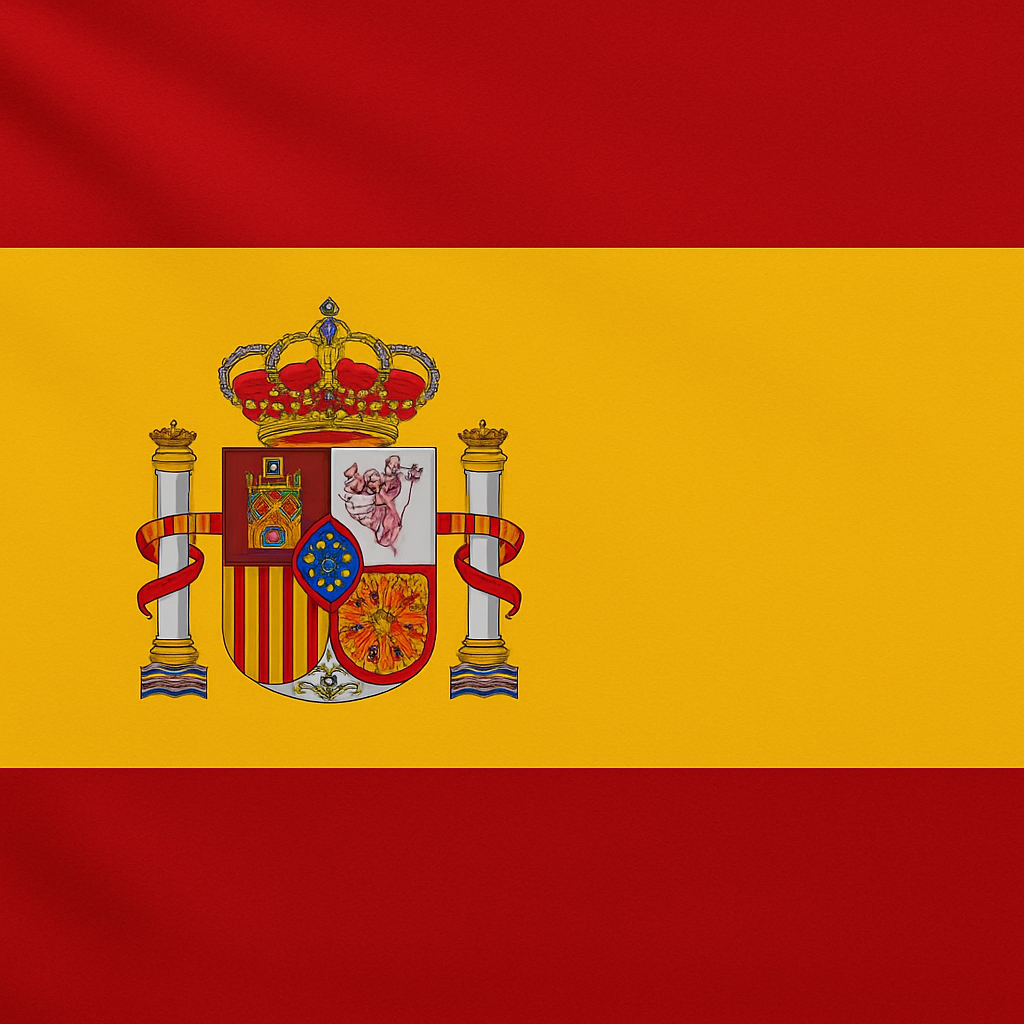How to Apply for a Visa to Spain
Spain is a top destination for tourism, study, and work. It’s part of the Schengen Area, so short stays usually require a Schengen visa (unless you’re from a visa-exempt country). If you’re planning to study, work, or live in Spain long-term, you’ll need a national long-stay visa (Tipo D) and possibly a residence permit after arrival.
This guide explains who needs a visa, the main visa types, and the step-by-step process.

1. Do You Need a Visa?
- Visa-free entry:
Citizens of the EU/EEA, UK, USA, Canada, Australia, New Zealand, Japan, South Korea and many others can enter Spain visa-free for up to 90 days in any 180-day period for tourism, short business trips, or family visits. - Visa required:
Nationals of countries such as India, China, Russia, Turkey, South Africa, Nigeria and most of Africa and Asia must apply for a Schengen visa before travelling. - Long-term stays:
Even visa-exempt travellers need a visa if staying longer than 90 days for study, work, or residence.
✅ Check Spain’s official visa portal: https://www.exteriores.gob.es or your nearest Spanish consulate’s website.
2. Main Visa Types
| Visa Type | Purpose | Validity |
|---|---|---|
| Schengen Short-Stay Visa (Type C) | Tourism, business, family visits | Up to 90 days in a 180-day period |
| National Long-Stay Visa (Tipo D) | Work, study, family reunification, residence | More than 90 days, usually 1 year renewable |
| Student Visa | Study programs over 90 days | Duration of course |
| Work Visa / EU Blue Card | Employment in Spain | 1–2 years renewable |
| Non-Lucrative Residence Visa | Retire or live in Spain without working | 1 year renewable |
| Digital Nomad Visa | Remote work for foreign employers | Up to 5 years |
| Transit Visa (Airport) | Passing through Spain | 24–48 hours |
3. Applying for a Schengen Visa (Tourism/Short Visits)
Step 1 — Determine Where to Apply
- Apply through the Spanish Embassy/Consulate or its authorised visa centre (e.g., BLS International) in your country of residence.
- If travelling to multiple Schengen countries, apply where you’ll spend the most time or, if equal, where you’ll enter first.
Step 2 — Book an Appointment
- Check the Spanish consulate or BLS International website.
- Appointments can book out weeks in advance, especially before summer.
Step 3 — Prepare Required Documents
Commonly required:
- Visa application form (download from consulate or BLS)
- Passport valid 3 months beyond your planned departure, issued within last 10 years
- Two recent biometric passport photos (35×45 mm)
- Travel itinerary (flights, hotel bookings)
- Proof of accommodation (hotel reservations or invitation letter)
- Travel medical insurance covering €30,000 for all Schengen states
- Proof of financial means (bank statements, payslips, sponsorship letter)
- Visa fee (currently €80 adults; €40 children 6–12)
💡 If visiting friends/family, you may need an official invitation letter (Carta de Invitación) obtained by your host from a Spanish police station.
Step 4 — Submit Application & Biometrics
- Attend your appointment in person.
- Provide fingerprints and a digital photo (stored for 5 years in the EU VIS system).
Step 5 — Pay the Visa Fee
- €80 for adults, €40 for children 6–12, free for under 6.
- BLS or other centres may charge a small service fee.
Step 6 — Wait for Processing
- Standard time: 15 calendar days, but up to 45 days if extra checks are needed.
Step 7 — Collect Your Visa
- Check the visa sticker: validity dates, number of entries (single/multiple), and permitted stay.
4. Applying for a Long-Stay (National Type D) Visa
If you’re staying in Spain for work, study, or residence:
- Secure Authorization First
- Work: Your Spanish employer must request a work authorization (autorización de residencia y trabajo) before you apply.
- Study: Provide your university/school acceptance letter and proof of funds/accommodation.
- Non-lucrative residence: Show you have sufficient savings/income (usually €27,000+ for a year).
- Apply at the Spanish Consulate in your home country with all required forms and supporting documents.
- After Arrival in Spain:
- Apply for a Foreigner Identity Card (TIE) within 30 days of entering Spain.
- Register your address with the local town hall (empadronamiento).
5. Visa Fees (2025)
| Visa Type | Fee |
|---|---|
| Schengen short-stay (C) | €80 adults / €40 children 6–12 |
| Long-stay (D) | ~€80–€160 (varies by category & nationality) |
| Transit visa | €80 |
Fees are non-refundable even if the visa is denied.
6. Tips for a Smooth Application
- Apply early: Up to 6 months before travel (recommended at least 4 weeks ahead).
- Insurance is mandatory: Must cover €30,000 across all Schengen states.
- Show strong ties: Employment, property, or family connections help prevent refusal.
- Check language: Documents not in Spanish or English often need official translation/legalisation.
- Digital Nomad visa: Spain introduced this in 2023 — perfect for remote workers with foreign employers.
Quick Pre-Travel Checklist
- Passport valid 3+ months beyond return, 2 blank pages
- Completed visa form & biometric photos
- Flight & accommodation reservations
- Travel insurance €30,000 minimum
- Proof of funds & employment/study letters
- Appointment booked with consulate/BLS
